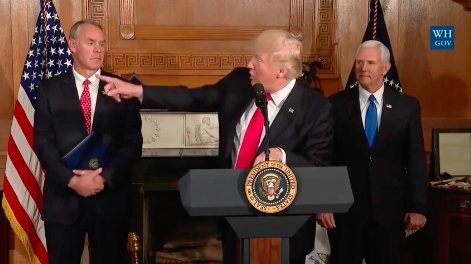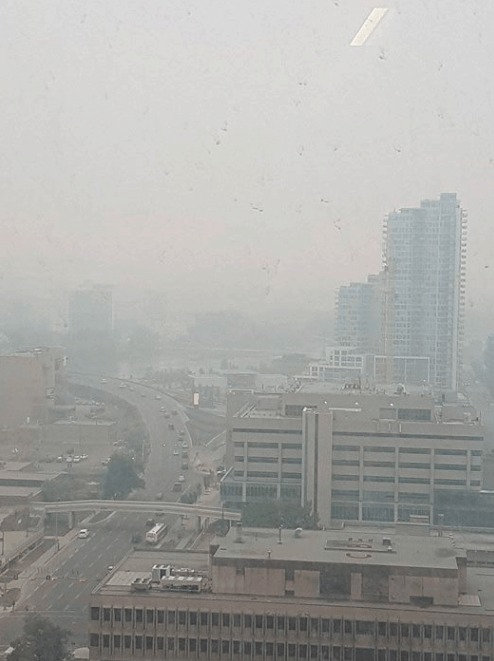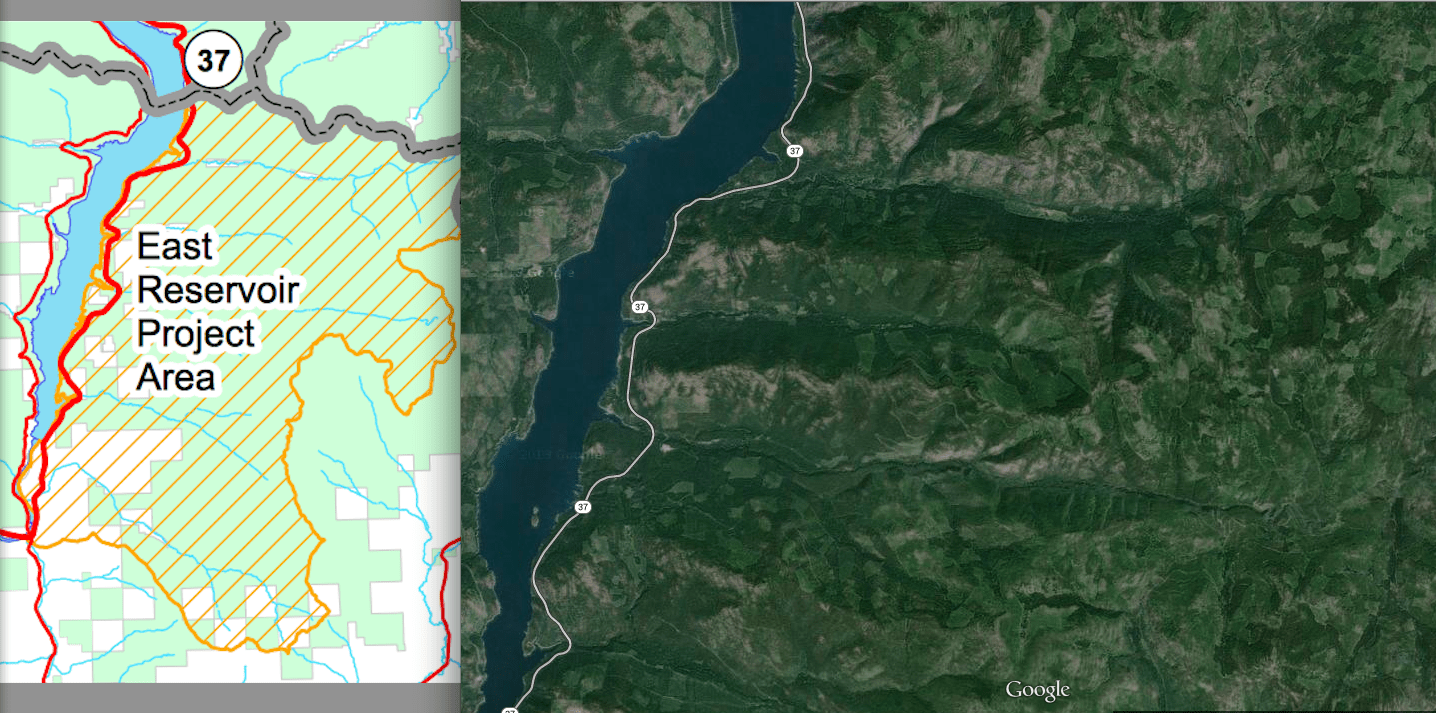The following piece was written by George Wuerthner. – mk
In the coming week or so, Congress will be considering the Farm Bill which has numerous inappropriate amendments for our public forests approved in the House but not in the Senate version. The bill’s fate will be decided in a conference committee between the House and Senate. It is critical that Senator John Tester not support the House bill as written because of numerous anti-environmental provisions that will fail to protect communities and increase fire intensity resulting from more logging.
Among the poison pills in the bill are provisions designed to speed logging in the West under the guise of reducing large wildfires. Not only is logging ineffective at halting large fires which are primarily driven by extreme fire weather/climate, but there are many ecological “costs” to logging including the spread of weeds, sedimentation from logging roads, loss of carbon storage, and disturbance to sensitive wildlife.
The House version of the Farm Bill would reduce the requirement for NEPA (National Environmental Policy Act) which protects our public lands from unmitigated logging projects. This will eliminate government accountability.
The bill would also expand the use of “Categorical Exclusions” (CE) to 6000 acres that could lead to clearcuts as large as 9 square miles without any public review. Furthermore, there is no limit on CEs, so the agency could log one 6000-acre block and immediately adjacent log a second or third 6000-acre block.
How big is 6000 acres? A football field is about an acre—so imagine 6000 football fields being cleared of trees.
The worse thing about the proposed House Farm Bill is that these provisions are not based on science, but on flawed assumptions about the effect of logging on wildfires.
Recently more than 200 preeminent scientists signed a letter to Congress finding that proposed solutions to wildfire like thinning forests are ineffective and short-lived.
Worse, such solutions simply do not work under extreme fire weather conditions. With climate change, we are experiencing more extreme fire weather conditions.
To quote from the scientists’ letter: “Thinning is most often proposed to reduce fire risk and lower fire intensity…However, as the climate changes, most of our fires will occur during extreme fire-weather (high winds and temperatures, low humidity, low vegetation moisture). These fires, like the ones burning in the West this summer, will affect large landscapes, regardless of thinning, and, in some cases, burn hundreds or thousands of acres in just a few days.”
The letter goes on to say: “Thinning large trees, including overstory trees in a stand, can increase the rate of fire spread by opening up the forest to increased wind velocity, damage soils, introduce invasive species that increase flammable understory vegetation, and impact wildlife habitat.”
“Thinning also requires an extensive and expensive roads network that degrades water quality by altering hydrological functions, including chronic sediment loads”, the letter states.
It is critical that Senator Tester does not support phony solutions in the House Farm Bill will not work.
Over 38 Senators and over 100 Congressional Representatives signed a letter to Conferees to reject the House provisions. Hopefully, Senator Tester can join with his colleagues and reject this flawed plan for forest mismanagement.
George Wuerthner is an ecologist who has published 38 books including two on fire ecology.



